“A letter written some three decades earlier on Officers Messes, in the Armed Forces.. Observations which are ever more, relevant today..
OFFICERS’ MESSES
General
1. The Officer’s Mess is the institution around which an officer’s social activity in the Army revolves, for the better part of his life. Its role and importance in moulding the life styles of officers and their families is substantial. I would like to suggest ways to optimise the gains from this institution.
Upkeep of the Mess
2. A mess which is unkempt is a sorry reflection of the state of the unit. Peeling plaster, faded colour on the walls, cobwebs, paintings hanging askew, a line-up of uncared for mementoes on crude stands, unpolished and unrepaired silver (particularly much used and transported cigarette boxes), broken electrical fittings and naked wires – all convey much to the visitor about the sense of pride of the officers as also their attention to detail. Mess toilets also leave a lot to be desired especially in the choice of towels which actually wipe. To top it all, if the mess toilet also has a nude pin-up or a pornographic verse, the officers’ priorities can well be judged. Would the officers accept a pin-up in the men’s living accommodation? And what does this do to men’s perception of officers’ tastes?
3. Some people categorize messes into three types. The first is TWR (They Were Rich). Such messes live in the past – as do our erstwhile royalty. Everything is faded, forlorn and better forgotten. The second variety is NR (Noveau Riche). Everything is loud, garish and costly but all in bad taste, reminding one of the probable living style of a lottery winning pan-wallah. The third, and desirable, type is the COR (Civilised, Officerlike and Restrained).
4. The standard of the mess staff needs no elaboration. Their personal hygiene and livery need to be an example of what officers should expect. Needless to say, behaviour of staff towards ladies is of utmost importance.
Pride in the Unit Mess
5. Care lavished on the mess, its property and fitment reflects the pride of officers in their mess. Officers must know the background, vintage and significance of trophies and mementoes. The knowledge of officers’ wives is non-existent at present – this too is an important aspect.
6. An officers’ mess is a place where we walk down memory lane, in the company of units and officers who served with the unit, and who are represented in the trophies and mementoes. The tradition of holding and upkeep of mess trophies and mementoes is necessary to continually remind officers of past achievements and associations and thereby inspire them. I, and other visitors may not say anything when we notice what is amiss, out of courtesy – but we are left in no doubt about the care that has gone into making the mess a respectable and `officer like’ place.
Food and Beverages
7. The Officers’ Mess differs from a hotel in the dignity and decorum with which food and drinks are served and eaten. The very idea of people pouring drinks, unsolicited, into each others’ glasses is anathema to me. As for food, we should endeavour to ensure that everyone can sit and eat. The buffet has destroyed our dining graces. It is sad to see ladies eating standing up, with `pallus’ and `dupattas’ out of control, food dripping off the plate and soiled hands. It is even more tragic to see officers and ladies licking food off their fingers while keeping their eyes open for the next bowl of chicken or pudding – and finally disposing of the used plate under a convenient table. A young bride joining her husband in the battalion has to wait till she is the second in command’s or commanding officer’s wife to be seated at a dining table. This should change.
8. Civilised eating is done sitting down. The phrase `sitting for a meal’ has a lot of meaning. No mother or wife would allow her child or husband to eat standing up in her house. Why accept it in a mess?
9. Food must also be served on time – even on Raising Days. Dancing, games, further drinking etc can go on after the meal, but food must be served on time. No civilised home serves lunch at 1600 h or dinner at 0100 h – why should a mess? Not only is delay discourteous to invited guests, it is hard on the young mother as well as the mess staff.
3
Socialising
10. Within the Unit. The purpose of socialising must remain the building of relations based on mutual respect and trust between officers and their families. The code of conduct of setting aside personal preferences and differences in the officer’s mess has to be revived. This applies equally to ladies and children.
11. Children in the Mess. Having said that the mess is the home of the officer, I would hasten to add that children do have a place there, but in proportion and in a controlled atmosphere. Suffice it to say that formal occasions, whether within the unit or when guests are invited, are not for children. Furthermore the control on the proper behaviour of children – of all ages – is the responsibilty of the parents. If parents cannot control their child, they must be courteously told what is expected and controlled behaviour ensured.
12. Socialising with Guests. The best honour one can give another is to ask him over for a meal with the family. We do this by inviting guests to our house the mess. But the honour should not be confined only to the ritual of drinks and a meal. The process of getting to know the guests, letting them meet all officers and ladies must be instituted. I generally find, on social occasions, that I have to make the effort to move around, detaching officers and ladies from their respective huddles to get them to talk. All guests should be done the honour of being able to meet and converse with every one of the hosts – as well as other guests. Photographic cover, if deemed necessary, should stop with a couple of informal snaps. Civilian photographers, in their unique and inimitable dress, clicking away with abandon should not be allowed.
Bands and Dances
13. `Jazz’ Bands. Many units now are going in for a Jazz Band. Unfortunately the net result is a low quality pop music rendition of the latest film hits. My recommendation is, if going in for a light band with modern instruments, do so in a very organised manner and ensure that proper dance music with good rhythm and balanced melodies are played. A ‘crooner’ to add to the show really becomes comical, especially when the singer has no idea of either the proper pronunciation or the meaning of the lyrics.
4
14. Pipes & Brass Band. Less and less knowledge about military tunes, regimental songs and marches and ceremonial numbers is being displayed. Please encourage officers and bandsmen to recognise tunes, expect and produce high quality music and show appreciation. The band should be so placed that their music does not drown out all conversation. You should resort to the procurement of cassettes and compact discs in order to know how these numbers should be played.
15. Dancing. Particularly with the advent of ‘Jazz’ bands, dancing is now being organised more often. All to the good. But please remember that dancing with your partner is a very private activity and is not a ‘tamasha’ organised for the ogling benefit of drivers, masalchis, mess staff – or even for non dancing members of that occasion. The correct way would be to have the dance floor enclosed aesthetically, or placed on a side, announce the dance, strike up the music and let the dancers alone. A spirited exhortation to join in with everyone turning their chairs around to watch, should be taboo. I have had the misfortune of being chided by an officer on the mike to come on the floor in the name of regimental spirit. I wish that officer had been struck down by lightning. Dancing is an elegant and musically rhythmic form of expressing appreciation and confidence between the partners – wedded or otherwise. Do not turn it into street dancing of the ‘baraat’ variety. Ideally a dance session can precede dinner for 30 to 45 minutes, after which the meal should be served. Further sessions, after the meal, may be programmed.
The Last Word
16. The Officers’ Mess should be an institution where prompt, courteous and quality service is the norm. Civilians pay enormous amounts to gain admittance to such institutions which they call clubs. The mess is more than a board and lodging place – it must become a place where officers and families can re-charge their psychological batteries. Maintain the serenity and decorum of your mess. The social and mental well-being of your officers and families depend upon it.“`⚓





















































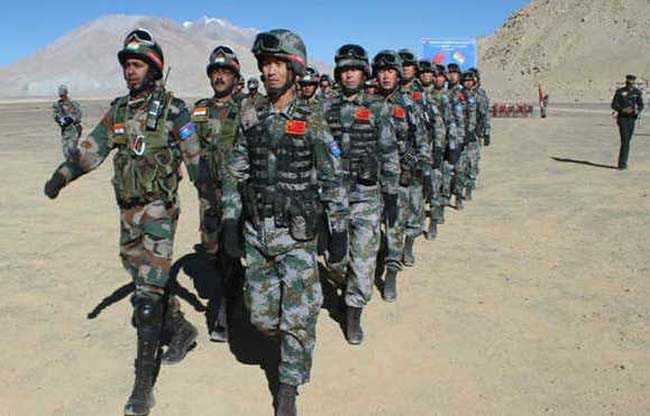
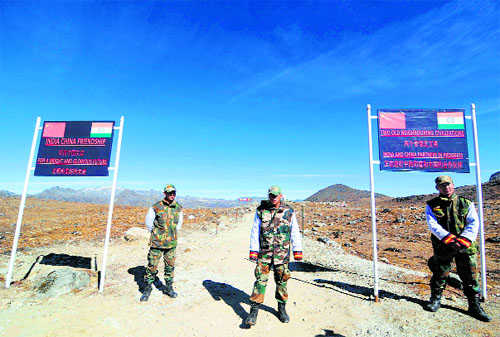
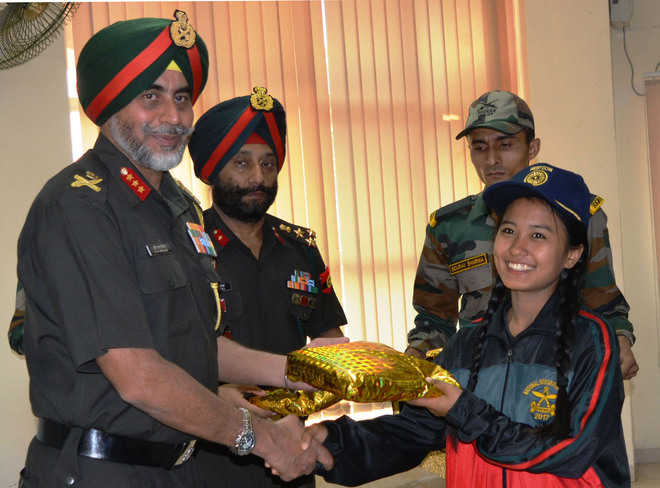
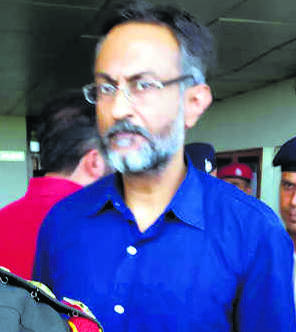
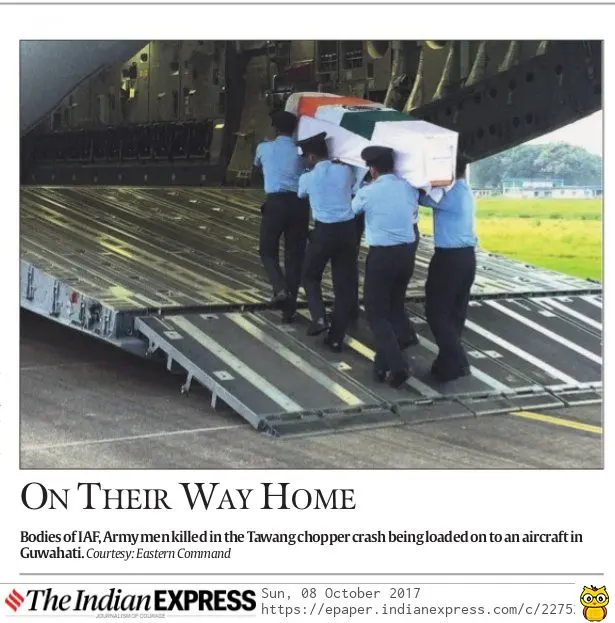

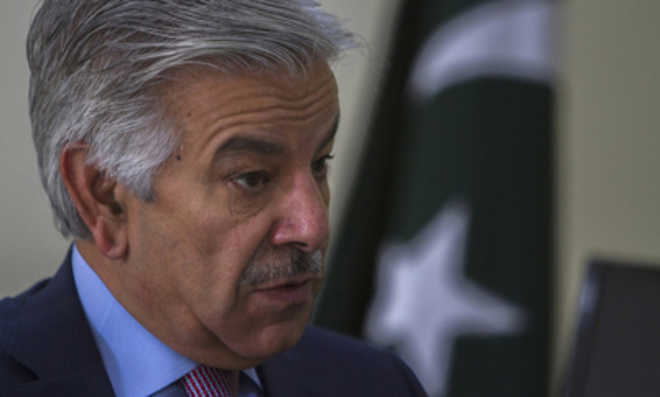
 WASEEM ANDRABI/HT
WASEEM ANDRABI/HT






















































